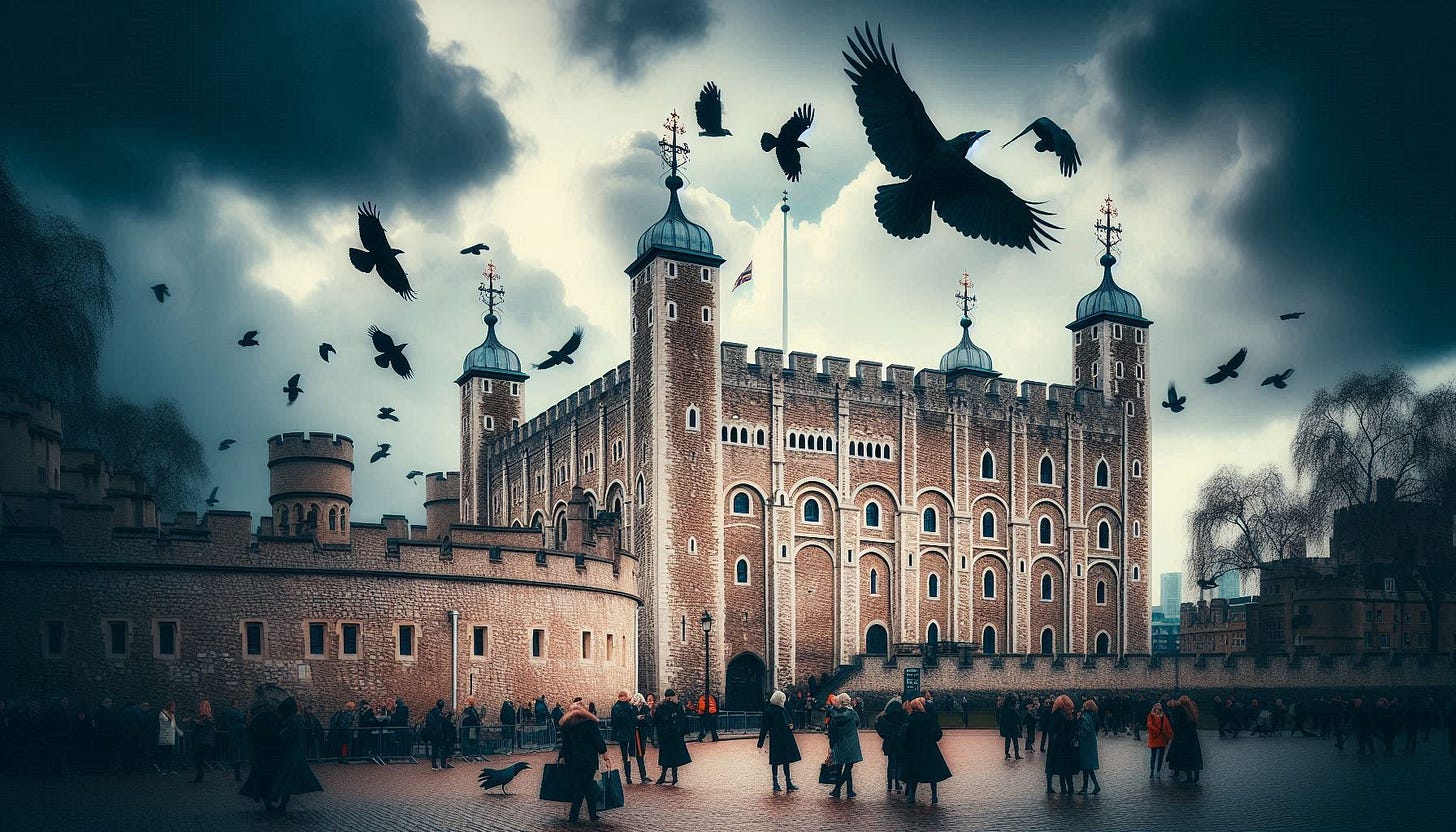Most people who visit London head towards the Tower of London at some point. It is a fortress on the Thames with a rich history. Although now mainly for tourists, the tower includes a prison, a palace,and a zoo.
The tower was initially constructed by William the Conqueror in the 1070s. The first area built was the White Tower. The expansion continued over centuries as English Kings expanded the Tower.
At one point, the tower was the royal palace, furnished with apartments and royal beasts. The tower mint would produce coins from the reign of Edward I until 1810.
The Tower prison would become notorious for imprisoning people considered a threat to the nation and royal security. Famous people such as Anne Boleyn, Catherine Howard, Lady Jane Grey, Guy Fawkes, and Rudolph Hess stayed there.
As many who know their history will tell you, it was also the execution site for many of these, providing a base for the spectral of public executions.
Visitors to the great building can now view The Crown Jewels, still protected by a garrison of soldiers, and wander around the grounds, taking in the historical atmosphere.
In 2014, the Tower of London marked the centenary of the outbreak of The First World War with a commemorative art installation, Blood Swept Lands and Seas of Red, which saw the moat filled with thousands of ceramic poppies.
It is, however, a non-war bombing that is the subject of this article. This bomb ripped through the building in 1974 and was the second bomb in London on the same day.


